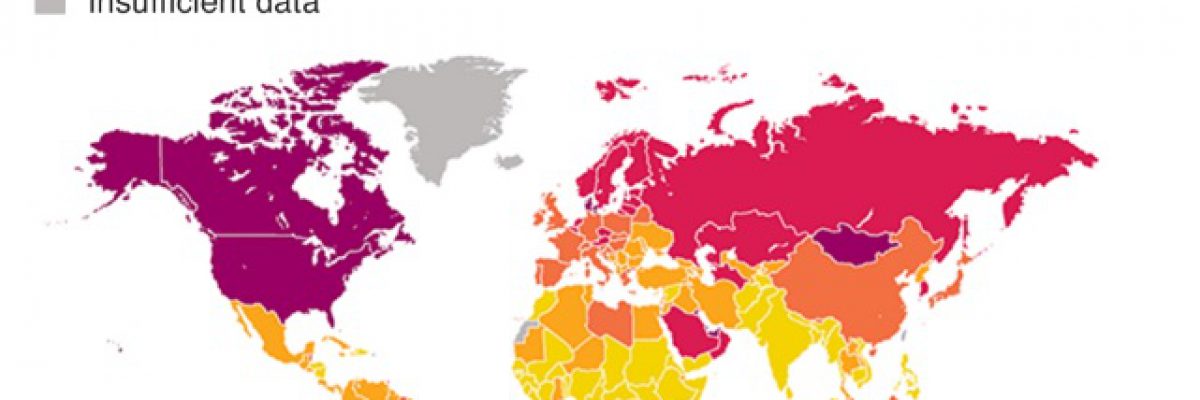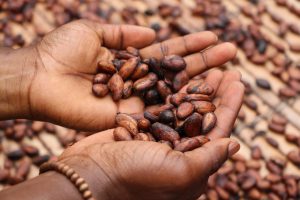In 2018, the World Wildlife Fund (WWF) issued a new report on the state of the world’s wildlife called the Living Planet Report. The report states that between 1970 and 2014, about 60 percent of mammals, fish, birds, amphibians and reptiles populations were wiped out. The organization places the responsibility for the rise in human consumption and the resulting demand for energy, land and water. The report displays a diagram of countries according to the dimensions of their ecological footprint, showing the countries that have the most impact on the environment because of their consumption calculated as a square kilometer / person).
The key drivers of biodiversity decline is over-exploitation. About 6 billion tons of fish have been removed from the seas since the 1950s. 20% of the Amazon area has been deforested. A fatal blow has been dealt to coral reefs and to whales. This year, the last white rhinoceros also died. These are astronomical numbers. What will the world look like in a decade?
This is not the first time that mass extinction of animals has occurred. Scientists estimate that since the beginning of life four billion years ago, there have been six mass extinctions of living organisms, the most famous being the disappearance of dinosaurs.
Mass extinctions in the past were due to dramatic changes in the structure of the earth’s atmosphere (composition of gases, temperature, etc.). However, we are now on the brink of a new mass extinction brought on not by climate change, but by human behavior and our use of planet resources only for own needs. Hunting, fishing, environmental damage, settlement, agriculture, deforestation, water pollution and sea-all accelerate the extinction of species of living creatures in the world.
As the report summary correctly states: “There cannot be a healthy, happy and prosperous future for people on a planet with a destabilized climate, depleted oceans and rivers, degraded land and empty forests, all stripped of biodiversity, the web of life that sustains us all.”
This article was edited by Tammy Kaplan Zabari.
Link to the report:







